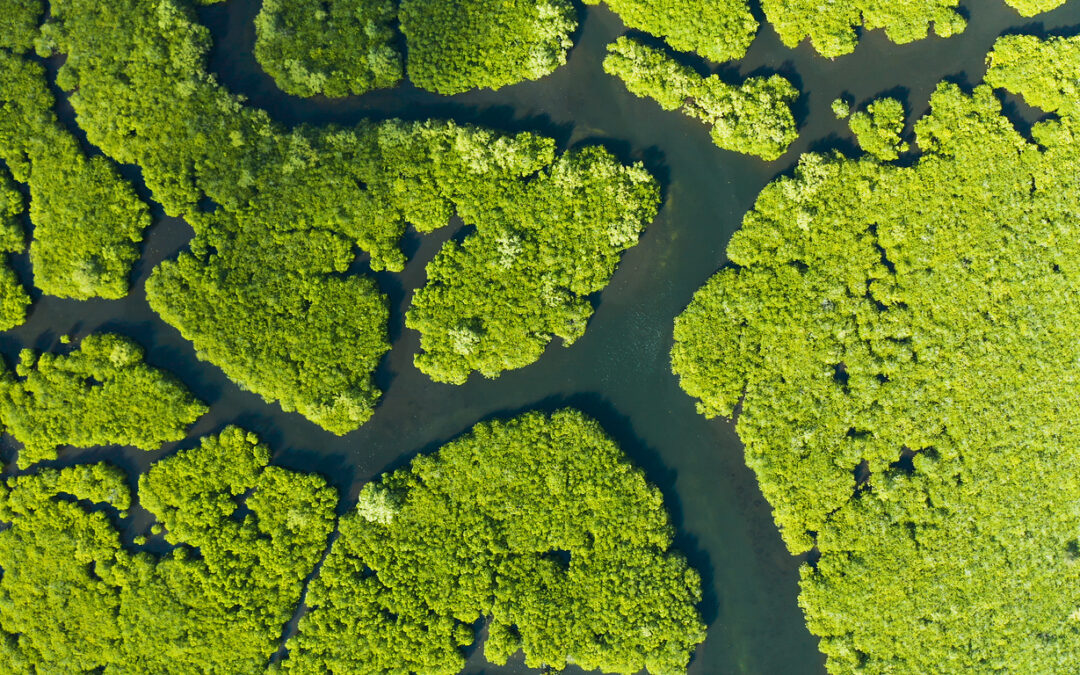A wetland is an area of land saturated with water. Given their importance to the ecosystem, wetlands are well worth celebrating today and every day.
According to the U.S. Geological Survey, wetlands provide habitat for thousands of species of aquatic and terrestrial plants and animals. Wetlands are valuable for flood protection, water quality improvement, shoreline erosion control, natural products, recreation, and aesthetics.
Wetlands are among the most productive habitats on earth providing shelter and nursery areas for commercially and recreationally important animals like fish and shellfish, as well as wintering grounds for migrating birds. Coastal marshes are particularly valuable for preventing loss of life and property by moderating extreme floods and buffering the land from storms; they also form natural reservoirs and help maintain desirable water quality.
There are many different kinds of wetlands and many ways to categorize them. The National Oceanic and Atmospheric Administration classifies wetlands into five general types: marine (ocean), estuarine (estuary), riverine (river), lacustrine (lake), and palustrine (marsh). Common names for wetlands include marshes, estuaries, mangroves, mudflats, mires, ponds, fens, swamps, deltas, coral reefs, billabongs, lagoons, shallow seas, bogs, lakes, and floodplains, to name just a few!
Often found alongside waterways and in floodplains, wetlands vary widely due to differences in soil, topography, climate, water chemistry, and vegetation. Large wetland areas may also be comprised of several smaller wetland types.
Wetland habitats serve essential functions in an ecosystem, including acting as water filters, providing flood and erosion control, and furnishing food and homes for fish and wildlife. They do more than sustain plants and animals in the watershed, however. Many wetlands are not wet year-round because water levels change with the seasons. During periods of excessive rain, wetlands absorb and slow floodwaters, which helps to alleviate property damage and may even save lives.
Wetlands also absorb excess nutrients, sediments, and other pollutants before they reach rivers, lakes, and other waterbodies. They are also great spots for fishing, canoeing, hiking, and bird-watching, and are enjoyable outdoor “classrooms” for people of all ages.

